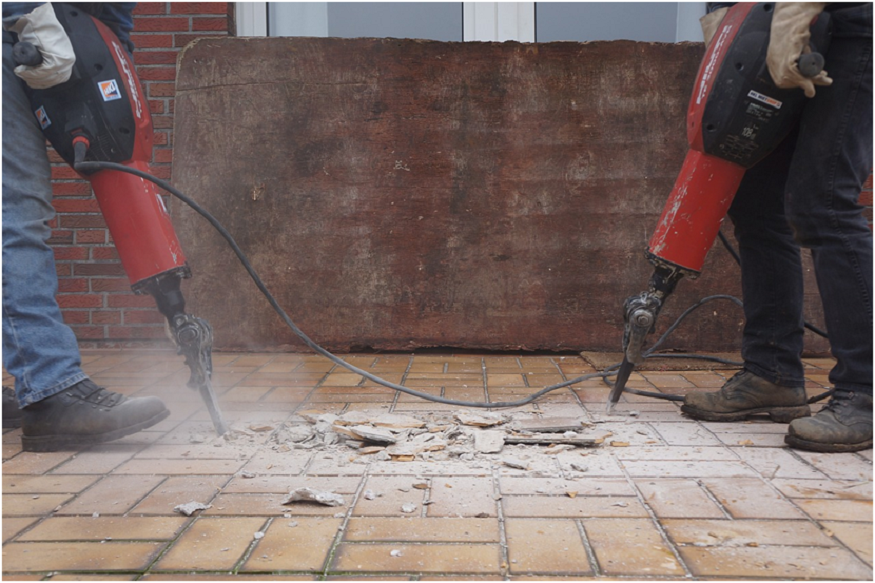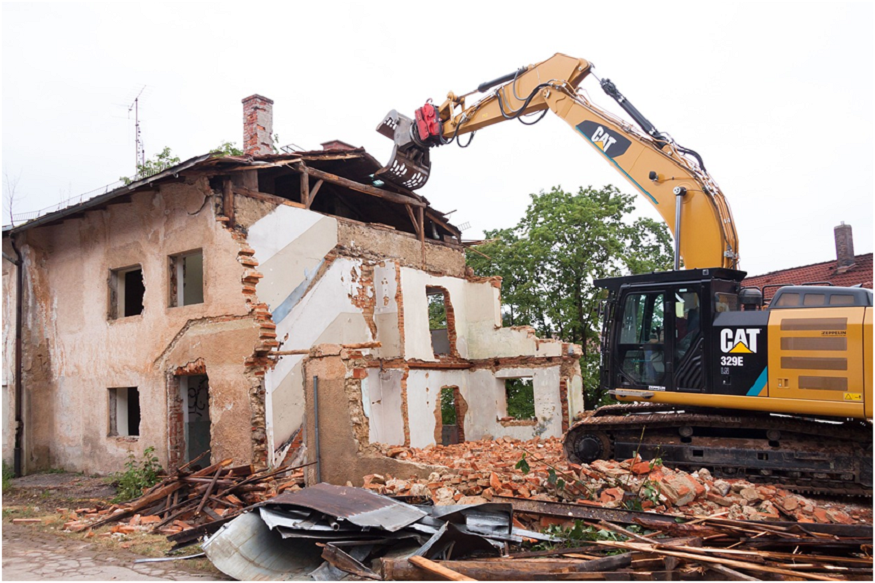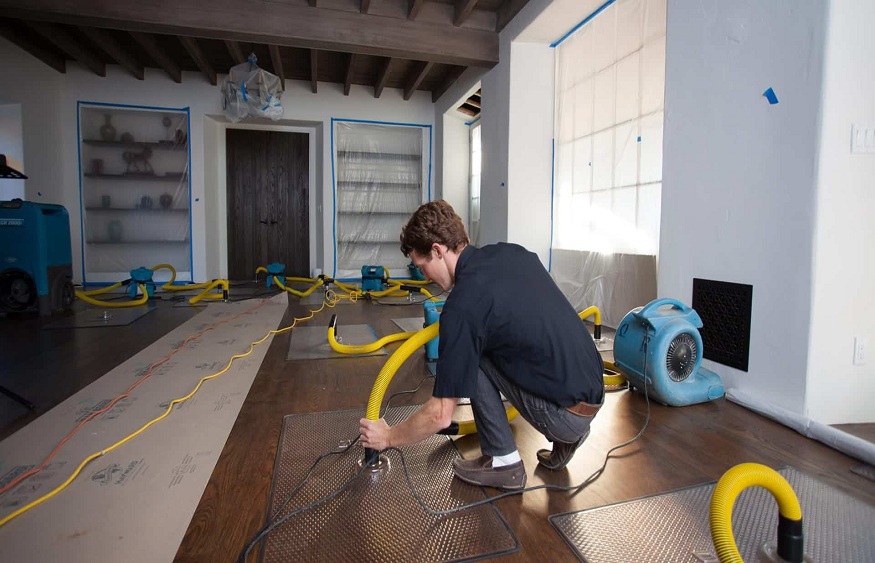From a distance, demolition appears dramatic, but it is a methodical, organized process on a professional jobsite. Demolition teams protect people, property, and adjacent structures through tried-and-true safety methods from the first walk-through to the last sweep. Here’s how a good, licensed demolition contractor maintains order on their jobsite, complies with regulations, and maintains deadlines. They plan ahead, communicate effectively, and control the means of use so that the project feels orderly, not chaotic.
Why Safety Planning Matters
Before any tool comes to life, a foreman has developed a jobsite safety plan that encompasses hazards, site traffic flows, and emergency procedures. Utilities are located and shut down, permits are signed, and neighbors are aware of noise or site access issues. Older structures are scanned for lead paint or asbestos issues so that abatement can be completed by specialists, If required. Teams stage signage, temporary fencing, and traffic cones to control deliveries and keep expectant onlookers at a safe distance.
For homeowners attempting house demolition Spokane, this planning is the prescription that turns a troubling concept into a manageable timeline. Planners also help the team determine the best means—total reduction or selective demolition—and avoid surprises that would cause delays and potential damage.
What Protective Gear Is Used?
Crews depend on personal protective equipment from the moment they enter the site. Supervisors select protective equipment based on air quality, noise level, height requirements, and material hazards and then check fit and inspection tags. This is more than comfort; it is how teams minimize injuries and stay compliant with OSHA regulations during heavy, noisy, and dusty work.
- Hard hats and eye protection are critical to protecting the worker against falling debris and flying chips.
- Respirators or dust masks protect worker lungs when cutting concrete or removing plaster.
- Hearing protection reduces the possibility of long-term exposure to jackhammers and loaders.
- Cut-resistant gloves and puncture resistant sole boots help prevent an employee from injuring their hand or foot.
- Harnesses and lanyards are used to provide fall protection on work that is also elevated, with guardrails providing the same thing.
Steps Before Tearing Down a Wall

Good demolition can be slow demolition. One of the things a supervisor would start with is a structural assessment of the workplace. This part of the process would capture any load bearing walls and any lateral supports. The supervisor would lockout and tag any electrical, gas, and water supplies. They need protect the adjacent rooms with protective coverings and negative pressure dust control so that whatever the demolishing the worker is doing is going to keep the adjacent rooms where occupants may be spending time, clean. The supervisor should mark out the egress paths to keep the areas clear for the workers and residents.
If they have discovered something was load bearing, they install some temporary shoring before the worker has pulled a single fastener so that the roof or floor space remains supported.Once everything is accounted for, they open small sections of the surrounding walls and remove what is behind them. Whether it is wires, plumbing, or hidden duct work, if that is the sequence, they need to check it won’t compromise the frame before they have done anything.
If it was a selective demolition they remove finishes first, then non-structural framing, then structural members in order.They did a run through with a spotter in the front and back of the equipment, and those signaling to the equipment operators, everyone could keep moving together safely and predictably.
How Waste Is Handled Safely
Demolition produces a lot of materials, safely handling those materials is part of the plan. The crew positions and stages correct-size roll-off dumpster rentals for loading by trucks so that the truck doesn’t block traffic. Onsite construction waste management sorts of clean concrete, metals, untreated wood, and roofing materials so that costs can be controlled and recycling maximized. For a small remodels, some junk removal services are coordinated to provide drop-offs, in lieu of one large roll-off dumpster, in order to manage costs, shortcut on-site complaints about accessibility, and present clear project costs.
Hazardous materials such as mercury bulbs, solvents, or asbestos waste are packaged and labeled in compliance with local authorities and shipped off by licensed transporters. For all other waste, debris hauling services at scheduled times keeps pathways clear and reduces tripping hazards. The aftermath: a clean site, less accidents, and less time towards avoidable rework. For further reading, simply visit this site.
Lessons From Real Demolition Sites
Experience in the field can quickly turn a plan into a stress-free day at work. On well-ran projects, at the least, crews debrief constantly on the daily schedule and site conditions in order to keep operations manageable and ensure nothing happens unplanned or beyond safe work limits. These little improvements – moving the dumpster 20 feet, having one more spotter, changing the order of the cut – greatly improve efficiency and avoid any number of small problems.
- On a garage tear-down project, another quick utility check uncovered an unmarked gas stub which allowed the crew to adjust their equipment and avoid what could have been a dangerous strike.
- On a basement demolition, the use of negative-pressure fans and making certain the finished living space doorways were sealed ensured that dust was kept away from finished areas to protect occupancy with asthma.
- On a selective demolition of a duplex, we were able to use minimal hand tools and a low vibration saw to keep the shared party wall intact so as not to crack the neighbors’ tile bath.
From pre-planning to PPE, and careful sequencing of work to disciplined site cleanup, professional demolition teams make demolishing a home a lot safer and simpler for homeowners. By partnering with a trusted local partner to manage the permits, roll-off dumpster rentals, and recycling, homeowners are provided with a clean starting place to build the next phases while also ensuring the job was completed as safely as it was started, resulting in a timely professional elimination of all construction waste via effective on-site waste management, effective debris hauling, and the ongoing judgement and experience of a licensed demolition contractor.




